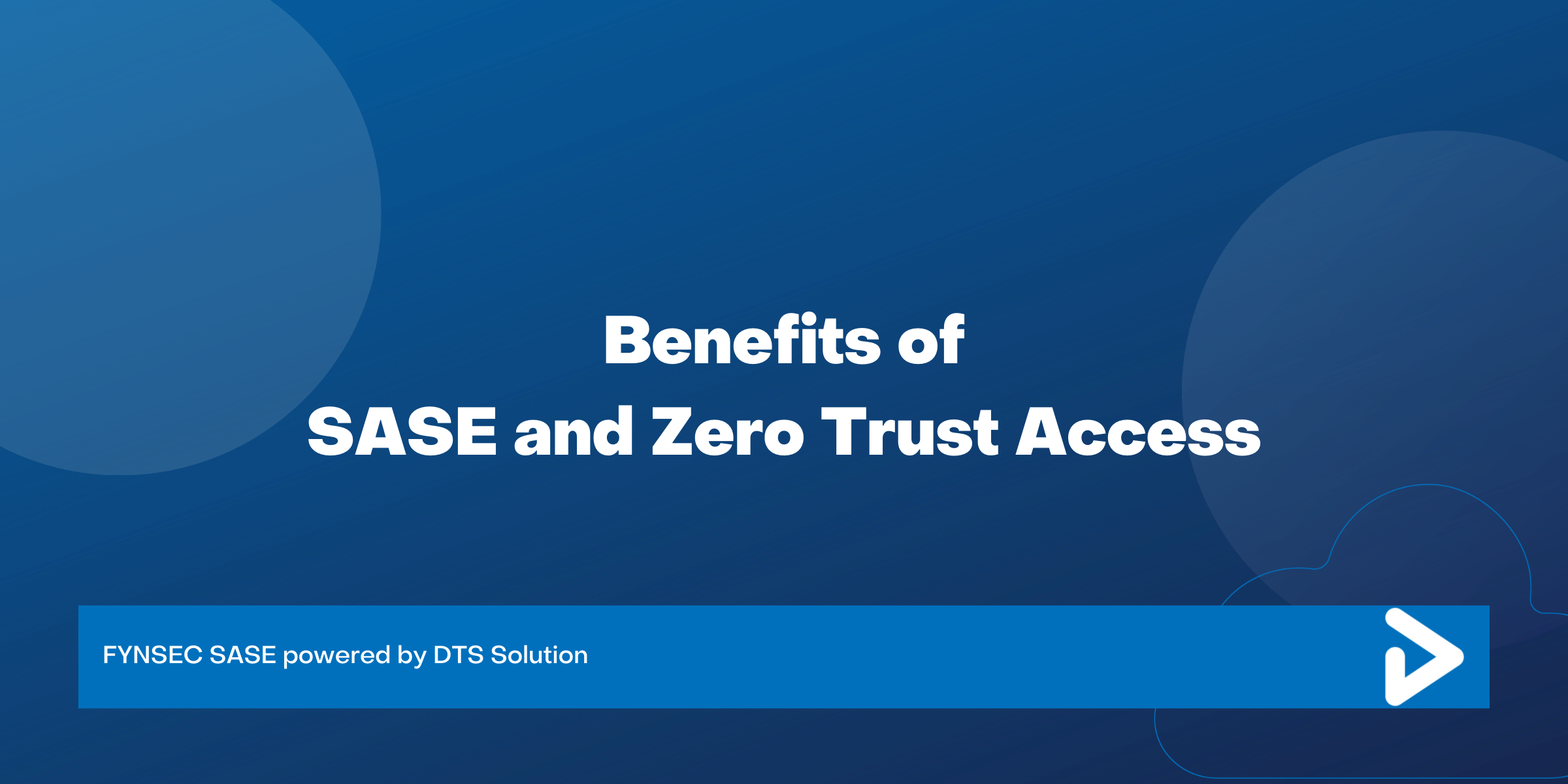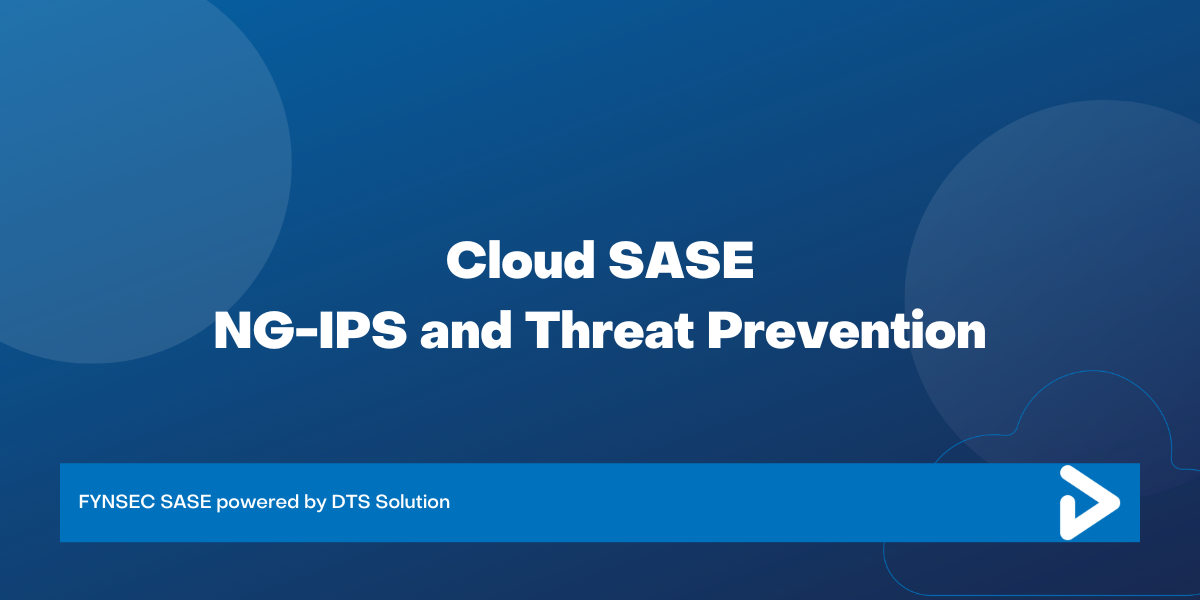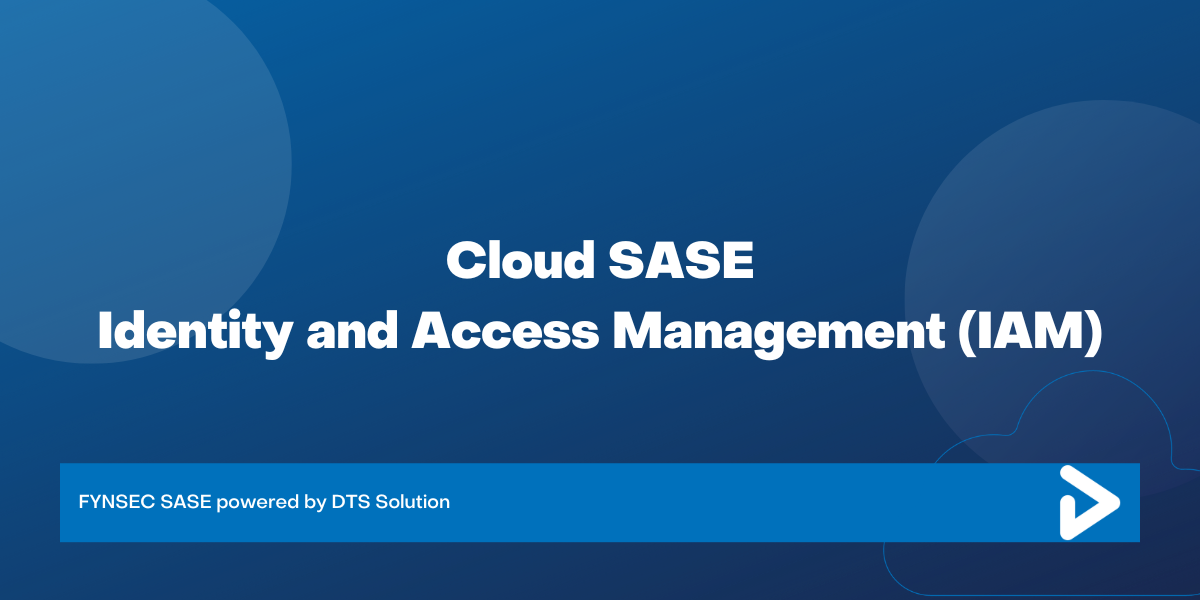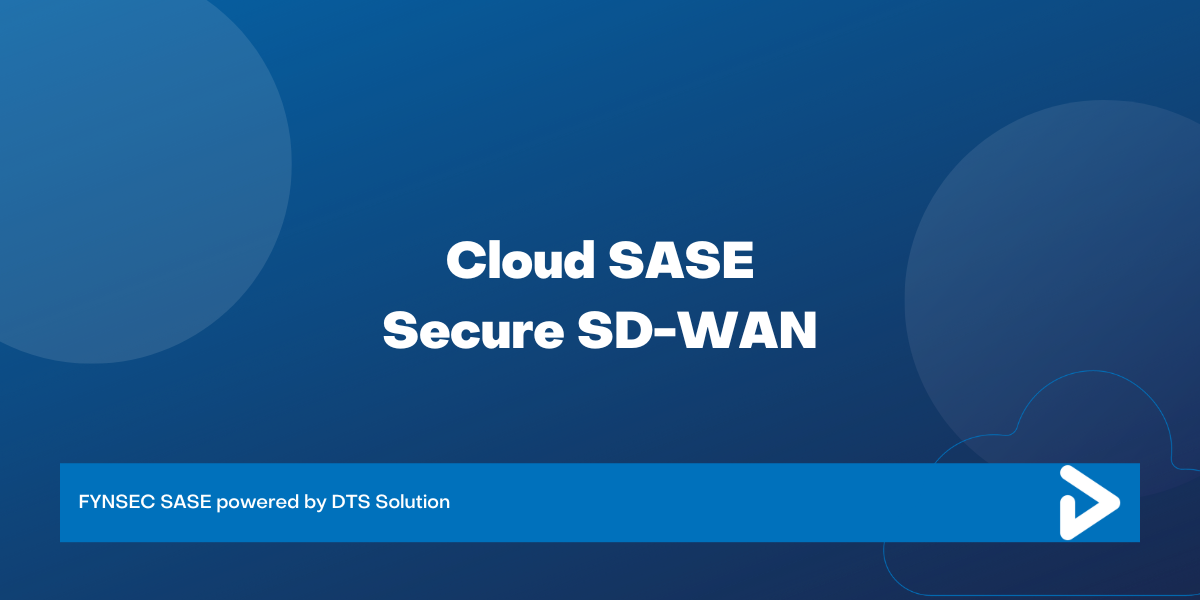Benefits of SASE and Zero Trust Access

SASE’s core functionality heavily relies on the concept of Zero Trust as it focuses on moving the perimeter to the cloud edge, allowing it to break the traditional authentication schemes and utilize the Zero Trust relationship in its functionality.
The concepts of SASE and Zero Trust have become a priority for many organizations and the terms are sometimes used interchangeably indicating that implementing SASE automatically satisfies the Zero Trust concept. This is not quite the truth. It is important to distinguish the difference between the two and how one complements the other.
Zero trust is an important concept in cybersecurity that aids in securing an organization by removing all implicit trust and relying on the principle of “always verify, never trust”. This means that all access requests must be verified no matter their origin, even when coming inside an organization’s private network. One of the major flaws in the traditional network architecture is that trust was implicit for all access requests that originated within the private networks. This allowed attackers to create significant damage to corporate resources if managed to compromise a user account or an internal resource. Zero Trust eliminates that scenario by verifying the identity of users and apps using a strong authentication mechanism that leverages context-based authentication coupled with numerous other factors such as compliance policies, time of day, location, and continuous trust assessment.
SASE’s core functionality heavily relies on the concept of Zero Trust as it focuses on moving the perimeter to the cloud edge, allowing it to break the traditional authentication schemes and utilize the Zero Trust relationship in its functionality. SASE relies on software-defined networking combined with network security mechanisms to deliver what is needed from a single service provider. In this way, SASE allows users and devices to safely connect to corporate resources from anywhere and provides more control over the traffic and data that passes in and out of the internal network.
As previously mentioned, SASE relies on software-defined networking or more specifically software-defined Wide Area Networking or SD-WAN capabilities. Coupled with several network security mechanisms, SASE enables users and devices to authenticate and use internal resources regardless of location by enforcing the delivery of these services on the cloud edge.
SASE comprises four central security components:
- Zero Trust Network Access (ZTNA): ZTNA platforms lock down internal resources from the public and help defend against potential data breaches by requiring real-time inspection of every user and device for every protected application.
- Firewall-as-a-Service (FWaaS): FWaaS refers to firewalls delivered as a service from the cloud. FWaaS protects cloud-based platforms, infrastructure, and applications from cyberattacks. Unlike traditional firewalls, FWaaS is not a physical appliance, but a set of security features that includes URL filtering, intrusion prevention, and unified policy management for all network traffic. Since SASE is delivered as a single cloud service, the same rules apply to firewall protection.
- Secure Web Gateways (SWG): a SWG prevents cyber threats and data breaches by filtering unwanted content from Internet traffic, blocking unauthorized user behavior, and enforcing corporate security policies. SWGs can be deployed anywhere, making them ideal for securing the increased rate of remote work.
- Cloud Access Security Broker (CASB): A CASB performs multiple security functions for services hosted in the cloud, including exposing shadow IT (unauthorized enterprise systems), securing confidential data through access control, and data loss prevention (DLP), and ensuring compliance with data protection regulations.
The above security components effectively provide an Identity-based Zero Trust model, protection against network infrastructure attacks, prevention against malicious activities, and simplifies management of resources and policies while optimizing latency.
Many organizations have already invested their time, money, and resources into an on-premises infrastructure and complex cloud-based security solutions. The idea of shifting toward SASE adoption might feel too difficult if not impossible. But considering the security issues that arise with traditional network infrastructure and the increased complexity due to the hybrid workforce, it is arguably better to plan for a shift as it will prove to be less costly and more effective in the long run.
Organizations can start their transition by implementing the Zero Trust Network Access solution to secure their remote workforce which will only get larger. Additionally, organizations can plan for transitioning to a Zero Trust Architecture by relocating their offices behind the cloud perimeter. This will remove the need for on-premises security solutions and move a step toward a SASE-based approach. This goes for any network protection appliances as well. Is it recommended to start moving all network security appliances to the cloud edge to defend the organization with a cloud network layer protection?
Lastly, migrate the organization’s applications from on-premises to cloud and replace on-premises security appliances with cloud-native policy enforcements.
SASE implementation heavily utilizes the cloud and represents a major shift in the security of the current digital landscape. It follows a logical path of moving the security to the cloud as most organizations have shifted towards a hybrid infrastructure or have eliminated on-premises infrastructure altogether. SASE brings unified security management from a single cloud platform easing the deployment, implementation, and management while increasing security.



